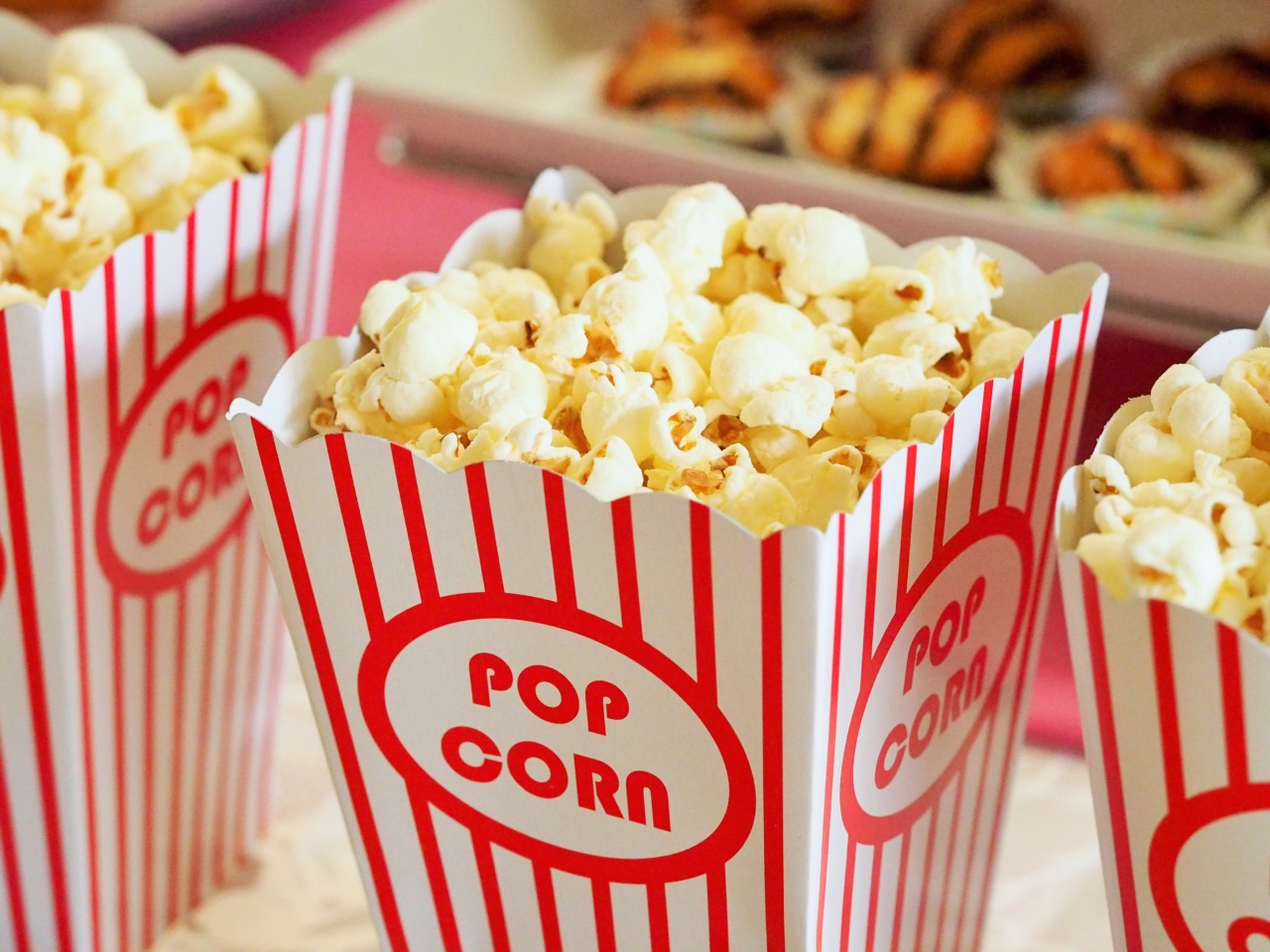Popcorn has been enjoyed by people around the world for generations, but despite its ubiquity, there are still many mysteries surrounding this humble snack.
From its origins to the science behind its popping, there is much to be discovered about popcorn. In this article, we’ll take a closer look at this popular treat and unravel some of its intriguing secrets.
Origins of Popcorn
While the exact origins of popcorn are unknown, it is believed to have been enjoyed by indigenous peoples in the Americas for thousands of years. The oldest evidence of popcorn dates back to around 3600 BC, found in Peru.
It is also said that popcorn was a staple of the Aztecs and other Mesoamerican cultures, who would pop corn by heating it in pottery vessels until it burst open.
What Makes Popcorn Pop?
The science behind popcorn popping is fascinating and involves a combination of heat, pressure, and moisture. Each kernel of popcorn contains a small amount of water inside its shell, which is heated by the stove or microwave.
As the water inside the kernel heats up, it turns into steam, creating pressure inside the shell. When the pressure becomes too much for the kernel to contain, it explodes, turning inside out and puffing up into the familiar popcorn shape.
Types of Popcorn
Not all popcorn is created equal. There are two main types of popcorn: mushroom and butterfly. Mushroom popcorn has a round, ball-like shape and is often used for making caramel or other coated popcorns.
Butterfly popcorn, on the other hand, has a more classic popcorn shape and is the kind typically found in microwave bags and movie theaters.
The Perfect Popcorn
For many people, making the perfect bowl of popcorn is a science in itself. Here are some tips for achieving the best popcorn possible:.
1. Start with fresh kernels.
Stale popcorn kernels won’t pop as well as fresh ones, so make sure to use a fresh bag.
2. Use the right amount of kernels.
If you use too few kernels, you’ll end up with a lot of unpopped kernels. If you use too many, you run the risk of burning the popcorn.
3. Choose the right popping method.
There are many ways to pop popcorn, including using a stovetop, microwave, or air popper. Each method has its pros and cons, so choose the one that works best for you.
4. Season to taste.
Once your popcorn is popped, it’s time to add your favorite seasonings. Whether you prefer a classic butter and salt combo or something more exotic, like chili powder or nutritional yeast, the options are endless.
Benefits of Popcorn
Popcorn may be a delicious snack, but it also has some surprising health benefits. For starters, popcorn is a whole grain, which means it contains all three parts of the grain: the bran, germ, and endosperm.
This makes it a good source of fiber and other important nutrients. Popcorn is also low in calories, making it a great choice for those trying to lose weight or maintain a healthy diet.
: Popcorn Fun Facts
Here are some fun facts about popcorn you might not have known:.
1. The world’s largest popcorn ball was created in Indiana in 2013 and weighed over 6,500 pounds.
2. Americans consume around 17 billion quarts of popcorn each year, making it one of the most popular snacks in the country.
3. Popcorn is the official state snack of Illinois.
Conclusion
Popcorn may seem like a simple snack, but it has a rich history and a fascinating science behind it. From its ancient origins to its modern popularity, popcorn is a treat that has stood the test of time.
So the next time you pop a bag of popcorn, take a moment to appreciate all the mysteries hiding within each tiny kernel.































